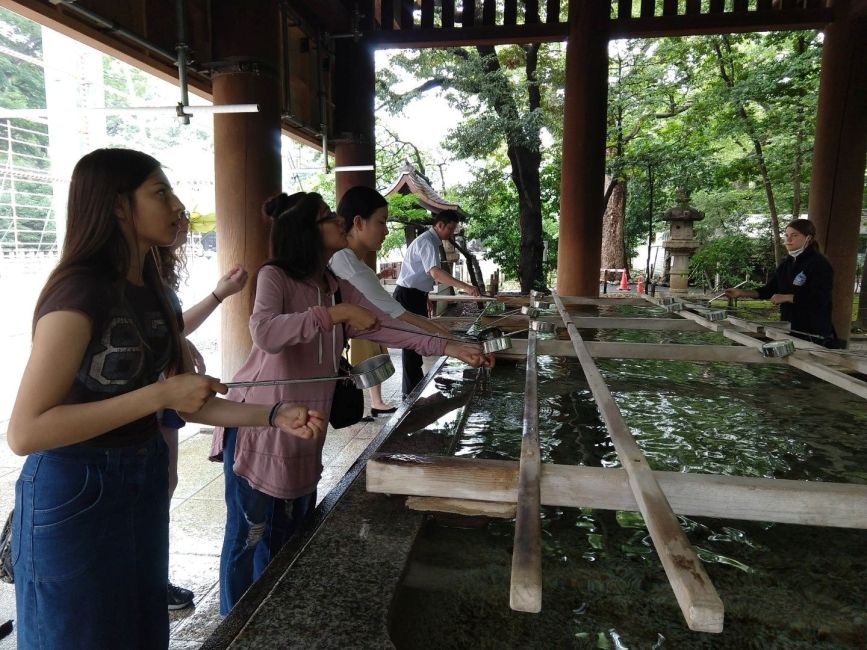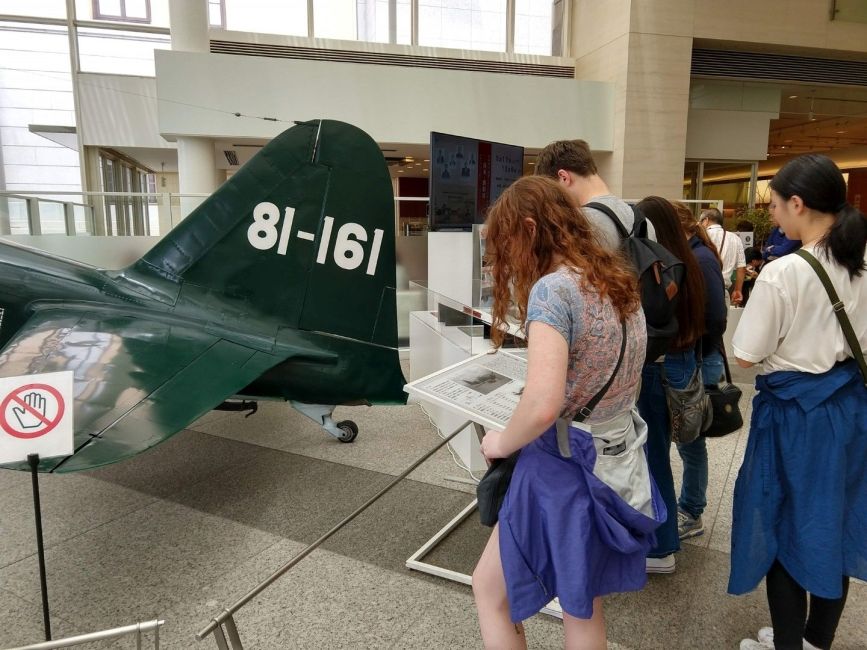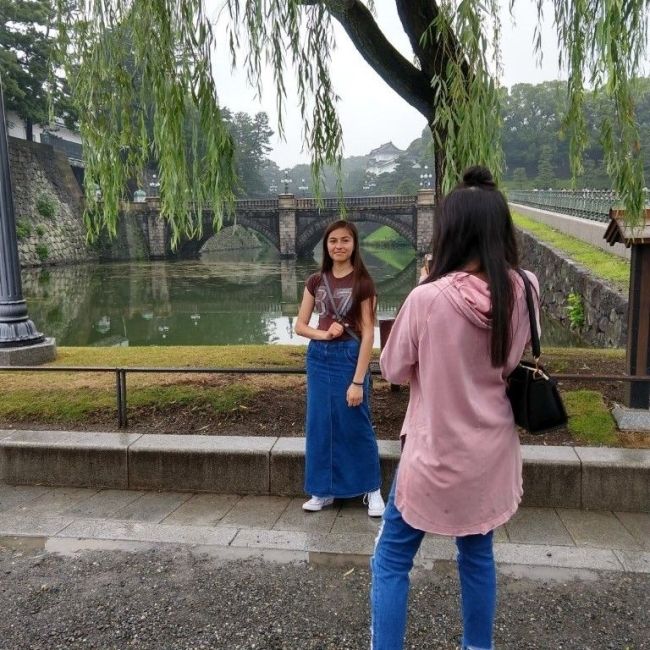Student Takeover! "Tokyo Trek with Kate-sensei" by Emily Cheng
For this post, I asked one of the six students who joined me on a Tokyo Trek last Sunday to be my featured blogger. Emily Cheng volunteered, so without further ado, here is her perspective on our Tokyo adventure! (Map of our destinations)

Emily Cheng
Sunday, June 24 was a free day for us CIEE students, and we had the choice to spend the day however we wanted, or tag along on any one of the program leaders’ excursions. Originally, I wasn’t planning on going out, but I made a last-minute decision to join Kate-sensei on a trip across Tokyo, and I don’t regret it at all!
Tokyo Station
Our small group consisting of just seven people in total left the National Olympic Memorial Youth Center (NOYC for short) at around 9am to head to Yoyogi Station, where we used both the subway and train to get to Tokyo Station. Unfortunately (or fortunately, in my case, because I personally love rainy walks), it was raining slightly when we exited the station, and it only increased in intensity over time. However, we were still able to see the exterior of the Marunouchi Exit side of Tokyo Station, which as Kate-sensei told us, looked like something out of Medieval Europe.

Imperial Palace
After walking in the rain for a while and stopping briefly under a small pavilion, we arrived at the Imperial Palace and took a few photos before leaving. There wasn’t much to do there because we couldn’t enter the palace and it wasn’t a special occasion of any sort, although there were many plaques along the way with information about the Imperial Palace and its history. A few other highlights were Kate-sensei’s walking tour, and a bewilderingly awkward exchange with Chinese tourists who wanted to take photos with us.

Yasukuni Jinja (Shrine) and Yushukan
Afterwards, we went to Yasukuni Shrine, where the souls of those who sacrificed their lives for Japan during times of conflict are enshrined. We also had a look around the Yushukan Museum there, which contains thousands of relics that were once in the possession of the enshrined soldiers, as well as documentation of their chivalry. Among them were letters and drawings, the papers all yellowed and creased with age.

By that time, it was around noon, and being the growing high schoolers we are, we were all very eager to head to Jonathan’s for lunch. They had pizza, spaghetti, sandwiches, desserts...even a drink bar with free refills! The meal was delicious and I highly recommend going there sometime with friends or family. (Plus, because we paid 8000 yen for our meal we got to draw from a coupon raffle eight times.)
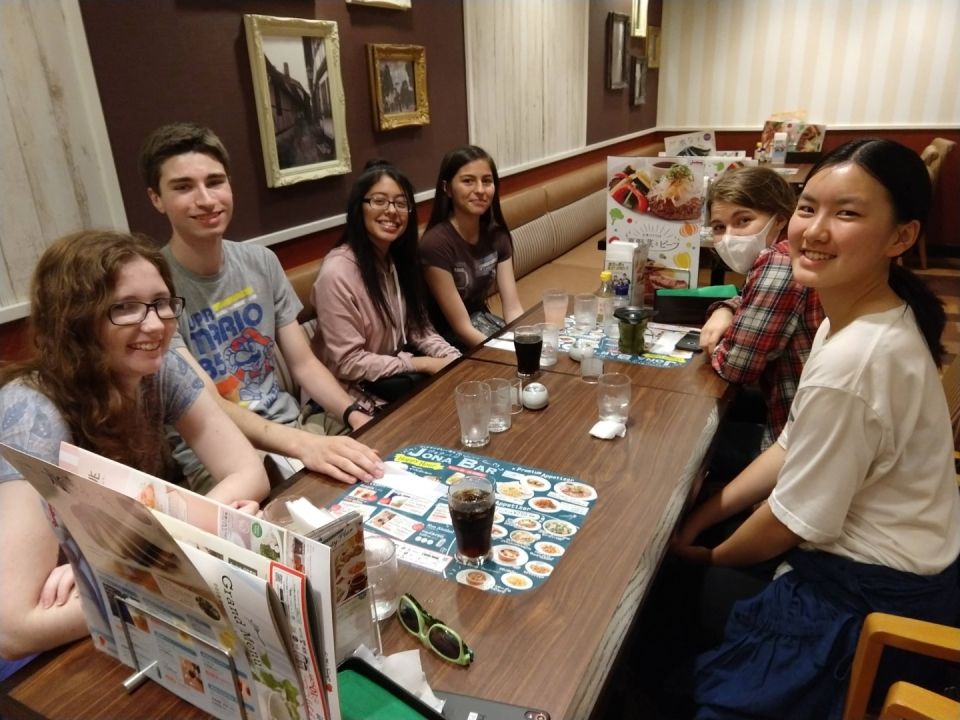
Center for the Tokyo Raids and War Damage
The main part of our trip, in my opinion, would have to be the Center for the Tokyo Raids and War Damage. Built in 2002 with the help of thousands of generous donors and managed by Katsumoto Saotome, it showcases artifacts and records of the Tokyo bombings in 1945 during World War II. It caught my attention because more people died in the tragic incident than during the nuclear attacks on Hiroshima and Nagasaki, and due to all able-bodied citizens being drafted to fight, the majority of the victims were the young and weak. There, we watched a 15 minute long documentary on the air raids, then examined the photographs, paintings, letters, articles of clothing, shrapnel, and other historical pieces.
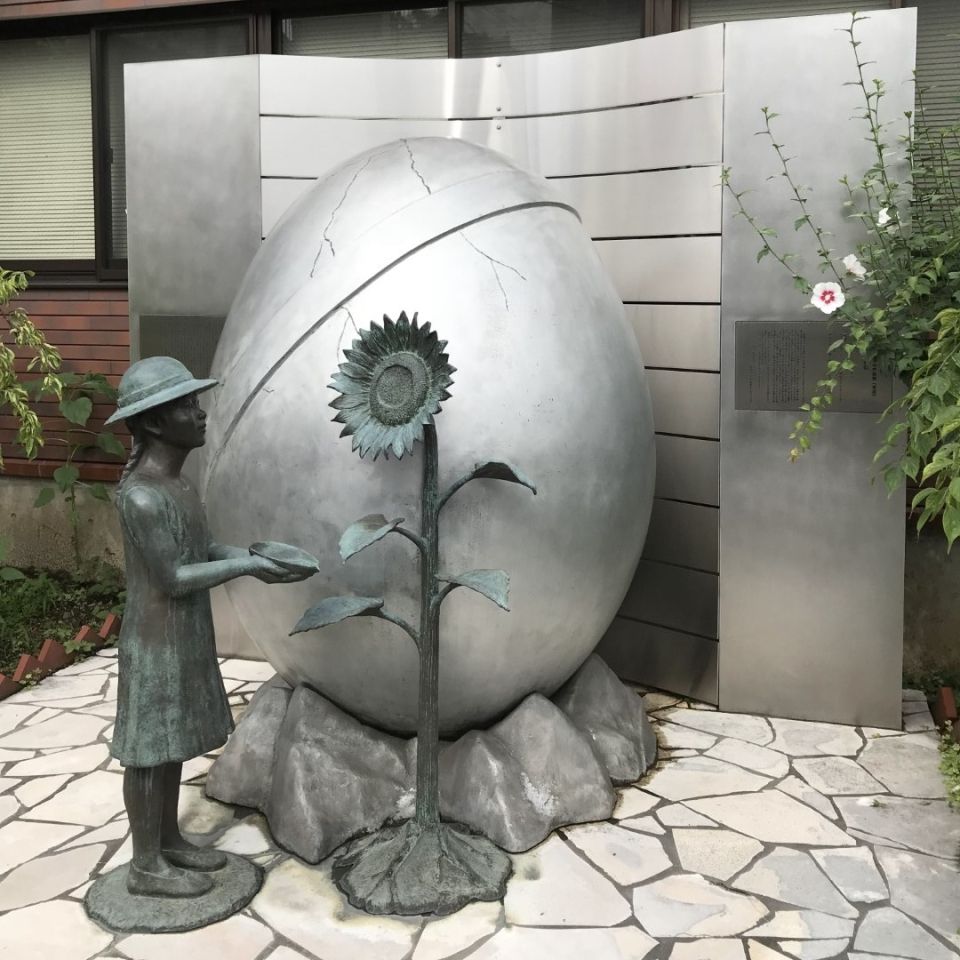
I never really considered myself a history person, but recently I’ve been more interested in history, especially when it comes to war and tragedy, which may be why this place made such a deep impression on me not only cognitively, but emotionally as well. It’s a shame that such a terrible event that took just as many innocent lives was and still is overshadowed by Hiroshima and Nagasaki simply because of the difference in the magnitude of destruction, and how small and unnoticeable the air raid center was compared to the huge Hiroshima Peace Memorial Museum. I know I’m definitely going to bring my family here sometime in the future, hopefully once I get better at Japanese and can explain all the information to them.
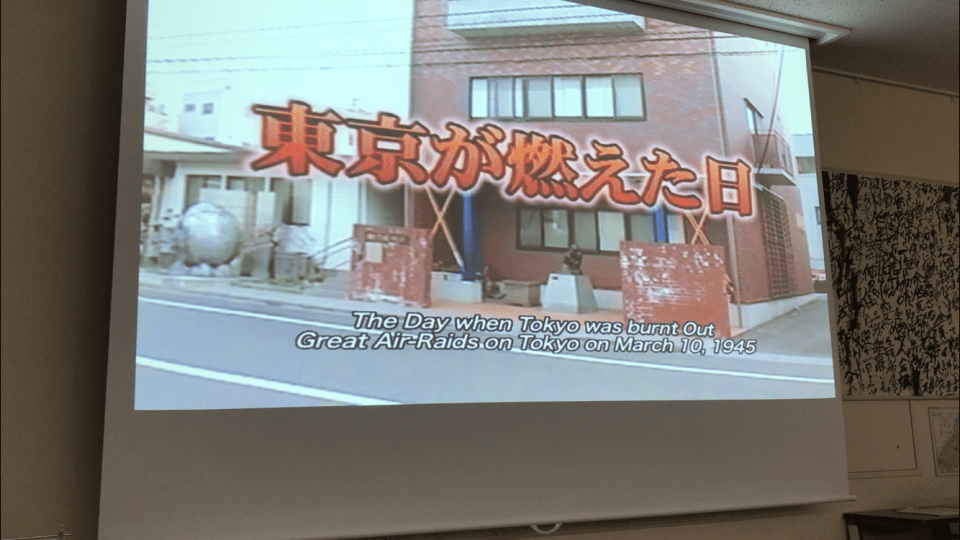
We then went to Nihonbashi quickly to take a group photo in front of the “zero kilometer point,” then returned to Tokyo Station to go shopping, then ate dinner at McDonald’s. By that time, it was already 7pm, so we walked to the subway station and arrived back at the NOYC a little before 8.

Even though we came back much later than I expected or wanted initially, I think ultimately, I’m glad I was able to experience so much of Tokyo in just one day, and the trip definitely left me wanting to go back with my friends or family in the future. There were plenty of little things that made me smile throughout the day that I left out, but if you want to know what exactly those little things are, you’ll just have to come and experience Japan for yourself!
Pretty Views


Interesting Facts:
- The Imperial Palace is only open to the public for New Years’ Greetings (Jan 2) and the current emperor’s birthday (Dec 23)
- When passing under a torii gate (entrance to a shrine), people usually bow, and they walk on either sides of the gate because the middle is the path for the gods
- To pay respects at a shrine (jinja):
1. Bow
2. Toss a coin into the box; people usually use a 5-yen coin because of a superstition (search it up if you’re curious!)
3. Bow twice
4. Clap twice
5. Pray/pay respects to the gods
6. Bow again - Chrysanthemum (kiku) is the symbol of the Imperial family, and gradually evolved to become part of Japanese culture
- On the second floor of the Tokyo Air Raid Center, there is a small replica of a Japanese room during the bombings. The lightbulb is covered with black cloth to dim the light, and the windows are tightly covered. This was to prevent American bomber planes from seeing where the city was, and lessened the chances of them getting bombed
- In the Air Raid Center, there is a wall of sticky notes on which people wrote their wishes for peace. The sticky notes are arranged to form the kanji for peace: “平和”.
Related Posts
How I Made $2,000 Referring Other Students on Summer Abroad Programs
Read this blog from one of our past Global Ambassadors and find out how she was able to earn rewards with CIEE and encourage other students to study abroad!
Host Family Weekend
On the final weekend in Japan, students spent time with their host family. This weekend, host families prepared activities for students. Some students learned how to make Japanese food from... keep reading
Discovering Aizome- Japanese Indigo Dyeing
Tokyo Language and Culture students experienced a lesson in traditional Japanese indigo dyeing at Some no Sato, a dyeing shop that was established over 100 years ago in Ochiai, Shinjuku... keep reading




